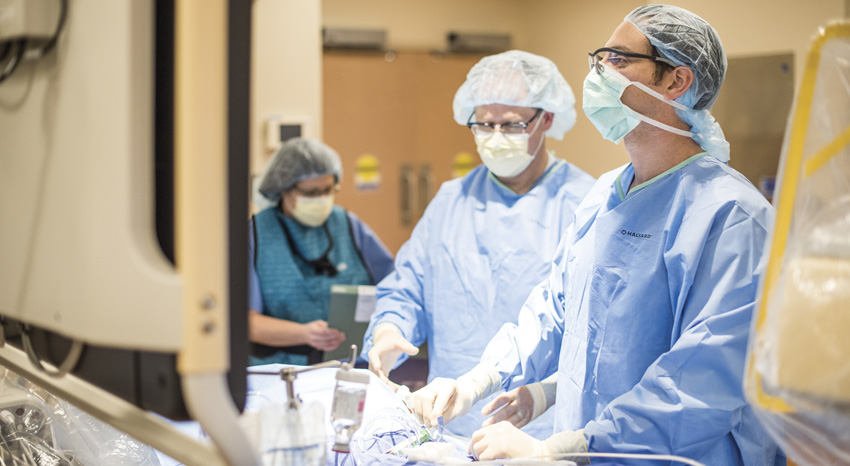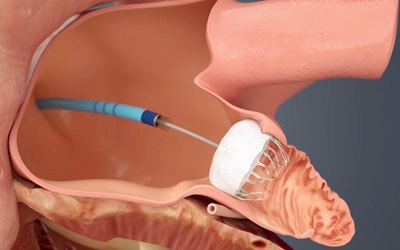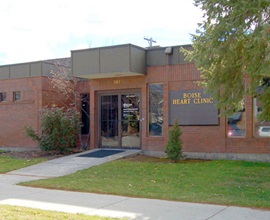St. Luke’s Offers New Procedure to Reduce Stroke Risk


Editor’s Note: The following article appeared under a different title in the Idaho Press-Tribune on Feb. 16.
People with atrial fibrillation now have a new option to reduce the risk of stroke without blood-thinning medications. The Watchman Left Atrial Appendage Exclusion Device, which was approved by the FDA in 2015, is now offered at St. Luke’s. This device is implanted in the heart in a one-time procedure that typically takes less than 60 minutes, followed by a 24-hour hospital stay.
Atrial fibrillation, also known as A-fib, is the irregular, chaotic beating of the upper chambers of the heart (the atria). Electrical impulses discharge so rapidly the atrial muscle quivers, or “fibrillates.” A-fib is the most common type of cardiac arrhythmia (irregular heartbeat), affecting 33 million people worldwide.
The greatest danger of A-fib is the risk of stroke. It’s estimated to be five times higher than in people without A-fib. This is because blood can collect in the heart and form clots, which can travel to the brain, block blood flow and cause a stroke.
Atrial fibrillation-related strokes are often fatal or disabling. About half of these stroke victims will die or live with a significant disability. At greatest risk are the elderly.
To reduce their risk, most people with A-fib require treatment with a blood-thinning medication such as warfarin. Blood thinners (anticoagulants) can reduce the risk of stroke by 60 to 70 percent, but they have a few downsides: They’re associated with a significant risk of major bleeding, particularly in the elderly; some patients cannot tolerate them; and they require a strict regimen that some patients are unable to follow.
These patients may be candidates for the Watchman device. The device, which is about the size of a quarter, seals off the left atrial appendage (LAA) of the heart, where most of the A-fib stroke-causing clots originate. Over time, smooth heart tissue grows over the device. Most patients are able to stop using blood-thinners within a period of months and rely only on aspirin.
St. Luke’s is the only program in Idaho approved to perform the Watchman procedure. “We are the only atrial fibrillation center of excellence in Idaho, and one of few in the Pacific Northwest,” said Dr. Marcos Daccarett, with St. Luke’s Heart Rhythm Center. “We were chosen to be an early adopter of the Watchman LAA exclusion device because of our comprehensive management of atrial fibrillation, large volume of ablation procedures (about 400), strong structural heart disease program and overall success for long-term freedom from recurrent atrial fibrillation.”
To learn more about A-fib and the Watchman procedure, talk with your doctor or call St. Luke’s Heart Rhythm Center at 322-1680.
About The Author

Anna Fritz is a writer and editor with St. Luke’s Communications and Marketing.

